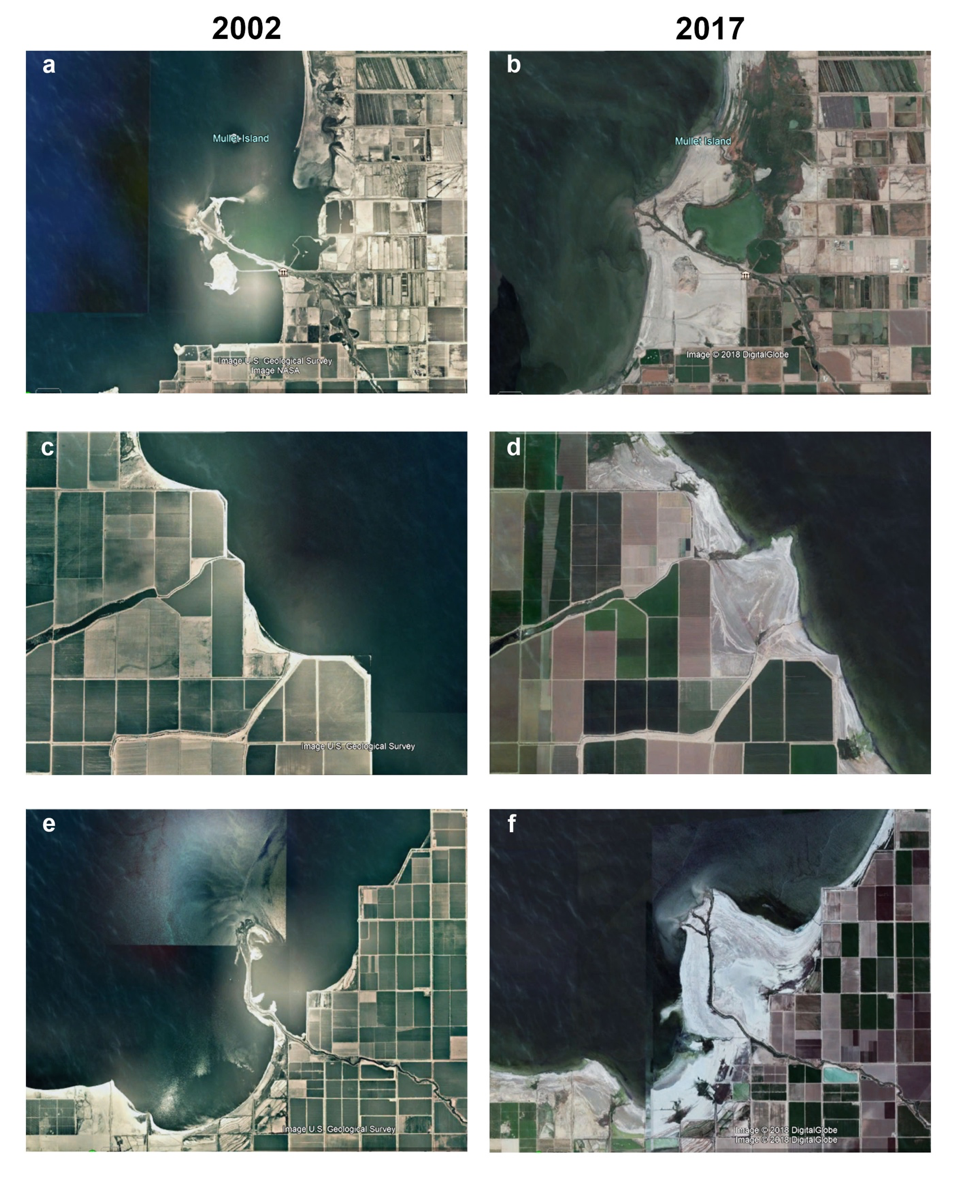
Researchers and community partners of the USC Children’s AIRE study recently published a paper that summarizes the public health dimensions of a shrinking Salton Sea. Competing water demands in the southwest are dramatically altering the landscape and creating conditions conducive to the production of wind-blown dust and dust storms in this region.
“Children are highly susceptible to the impacts of air pollutants, as their lungs and immune systems continue to develop throughout childhood. Studies show that wind-blown dust may adversely impact respiratory health and these effects by be amplified in environmental justice communities” said Jill Johnston. The authors highlight the need for meaningful collaboration across government, researchers and the community residents to facilitate the development of both mitigation and adaptive measures to respond to the shrinking Sea.
Learn more about the AIRE Study including study partner Comite Civico del Valle, Inc. at the study website here.
Jill Johnston, Mitiasoa Razafy, Humberto Lugo, Luis Olmedo, Shohreh F. Farzan, 2019. The disappearing Salton Sea: A critical reflection on the emerging environmental threat of disappearing saline lakes and potential impacts on children's health. Science of The Total Environment. 2019 vol: 663 pp: 804-817. https://doi.org/10.1016/j.scitotenv.2019.01.365
This research project is funded by NIEHS, grant #1R01ES029598-01